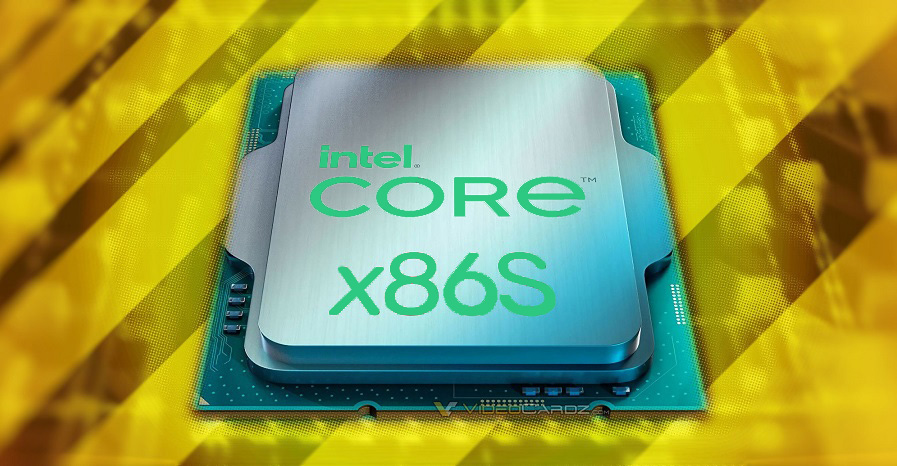Intel has unveiled the simplified x86S Simplification processor architecture, which operates exclusively in 64-bit mode and does not support outdated concepts. Support for 16-bit and 32-bit operating systems has been discontinued, but they can still be run through virtualization. The ability to run 32-bit applications within a 64-bit OS environment will be preserved.
Direct 64-bit Mode Initialization
Processors with the new architecture will start directly in 64-bit mode, bypassing intermediate switches to 16-bit and 32-bit modes during initialization.
Memory Page Table Structure and Addressing
x86S introduces the ability to switch to a 5-level memory page table structure without disabling paging and transitioning to a pageless mode.
Other Features of x86S Architecture
- Discontinuation of 16-bit addressing and address size override
- Utilization of a simplified 64-bit memory segmentation addressing model to support segmentation addressing in 32-bit applications
- Termination of support for the outdated 1st and 2nd protection rings not used in modern software
- Cessation of support for 32-bit mode in the zeroth protection ring
- Removal of 16-bit and 32-bit protected modes
- Discontinuation of access to I/O ports from the 3rd protection ring, string input/output operations (INS/OUTS), and 8259 interrupt controllers
- Utilization of only programmable X2APIC controllers
- Removal of unused bits in the operating system modes
Earlier, Intel released the x86-simd-sort library for high-performance SIMD-based sorting, distributed under the BSD license.

